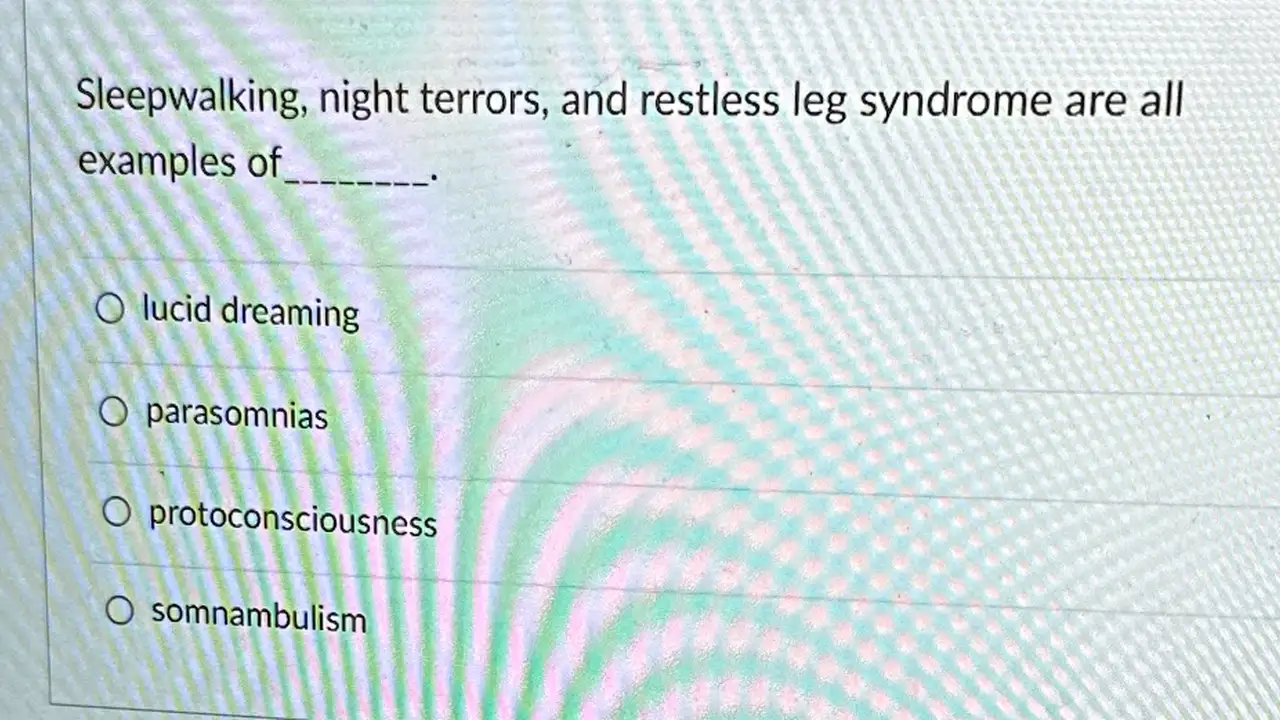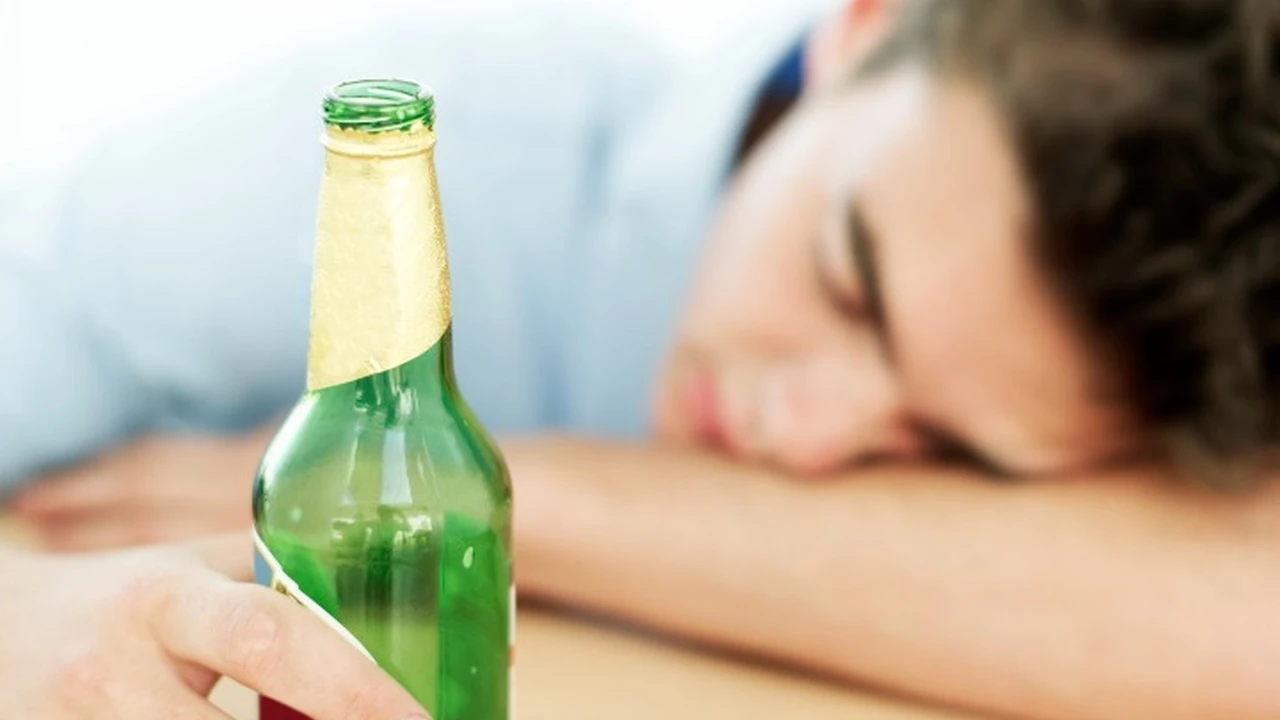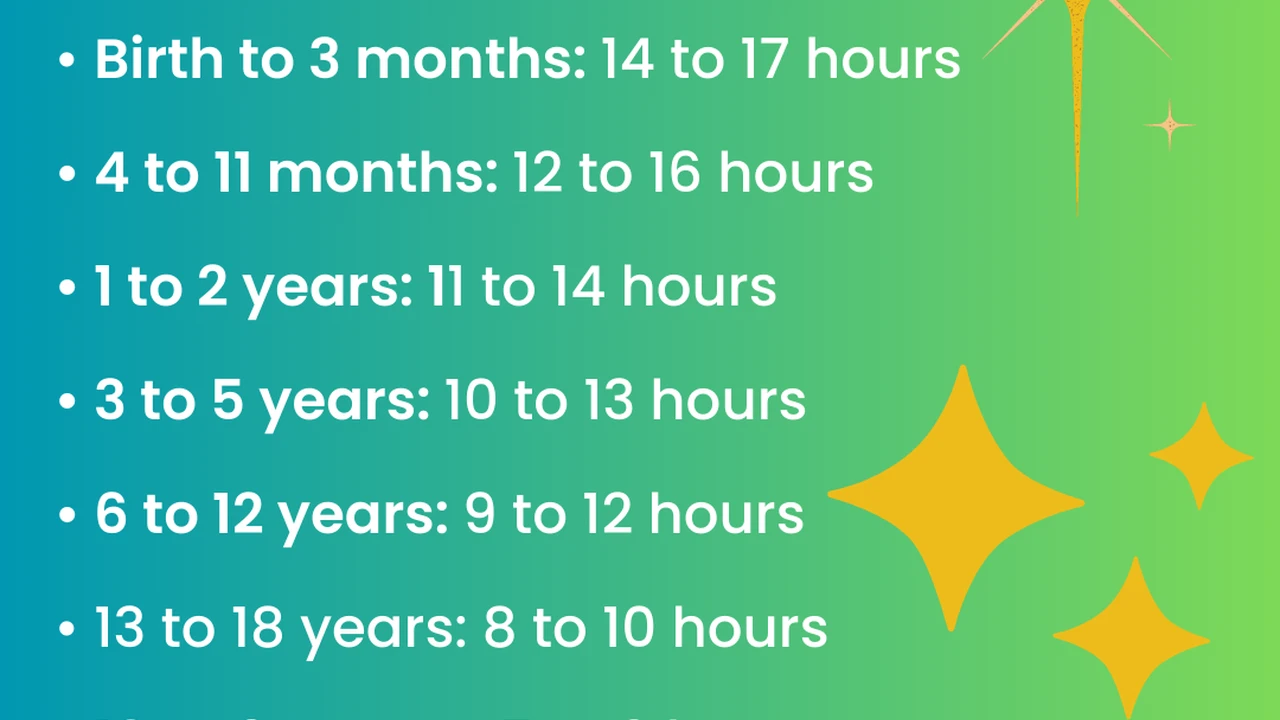Parasomnias: Sleepwalking, Night Terrors, and More
Sample meta description.

Understanding Parasomnias What Are They
Hey there, sleep enthusiasts! Ever woken up and found yourself in a totally different part of the house, or maybe your kiddo is screaming bloody murder in the middle of the night but isn't really awake? Chances are, you've encountered the fascinating (and sometimes freaky) world of parasomnias. These are those weird, unwanted events that happen while you're sleeping, falling asleep, or waking up. They're not dreams; they're more like glitches in your sleep cycle’s operating system.
Parasomnias are a broad category, encompassing a range of behaviors and experiences. We're talking sleepwalking, sleep terrors, sleep talking, sleep eating, teeth grinding (bruxism), and even sleep paralysis. They can range from harmless and amusing (like sleep talking about your grocery list) to potentially dangerous (like sleepwalking out the front door). So, understanding what these are is the first step to managing them.
Sleepwalking Somnambulism Causes and Treatments
So, what's the deal with sleepwalking? Medically known as somnambulism, it's more common in children than adults, but it can happen to anyone. Think of it as your brain getting its wires crossed. Part of your brain is asleep, while another part is awake and controlling motor functions. This is why someone can get up, walk around, and even perform complex tasks without being aware of it.
Causes: The exact cause is often unknown, but it can be triggered by things like sleep deprivation, stress, fever, certain medications, and even underlying medical conditions. Genetics also play a role, so if your parents were sleepwalkers, you might be too!
Treatments: Fortunately, sleepwalking is often harmless and resolves on its own. But if it becomes frequent or dangerous, there are things you can do. Improving sleep hygiene is key. Think regular sleep schedules, a relaxing bedtime routine, and a comfortable sleep environment. In some cases, a doctor might recommend medication or therapy to address underlying issues like anxiety or stress.
Night Terrors Sleep Terrors Symptoms and Management
Night terrors are way more intense than nightmares. Imagine waking up screaming, sweating, and with a racing heart, but not remembering why. That's a night terror. They're most common in children, and while they can be scary to witness, the person experiencing them is usually not aware of what's happening.
Symptoms: Night terrors involve screaming, thrashing, sweating, rapid breathing, and a general state of panic. The person may appear awake but is actually unresponsive and disoriented. This episode can last anywhere from a few seconds to several minutes.
Management: The best approach is to create a safe environment and avoid trying to wake the person up, as this can prolong the episode. Ensure the bedroom is free of hazards, and gently guide them back to bed once the episode subsides. Again, good sleep hygiene is crucial. If night terrors are frequent or disruptive, a doctor can help identify underlying causes and recommend appropriate interventions.
REM Sleep Behavior Disorder Acting Out Dreams and Safety
REM Sleep Behavior Disorder (RBD) is a parasomnia where you physically act out your dreams. This is because, normally during REM sleep, your muscles are paralyzed to prevent you from doing just that. In RBD, this paralysis doesn't happen, leading to some potentially wild nighttime antics.
Acting Out Dreams: People with RBD may punch, kick, yell, or even jump out of bed while dreaming. These dreams are often vivid and action-packed, reflecting the physical activity they are exhibiting.
Safety: RBD can be dangerous for both the person experiencing it and their bed partner. It's crucial to create a safe sleep environment by removing sharp objects, padding the floor, and considering separate beds if necessary. Medical evaluation is essential, as RBD can be associated with neurodegenerative diseases like Parkinson's.
Sleep Paralysis Causes Symptoms and Coping Strategies
Sleep paralysis is a terrifying experience where you wake up but can't move. You're fully conscious, but your body is still in sleep mode, meaning your muscles are paralyzed. This can be accompanied by hallucinations, making it even more frightening.
Causes and Symptoms: Sleep paralysis is often linked to sleep deprivation, stress, and irregular sleep schedules. Episodes usually last only a few seconds to a few minutes. During this time, you may feel a sense of pressure on your chest or see shadowy figures in the room.
Coping Strategies: While it can be scary, remember that sleep paralysis is harmless and will pass. Focus on taking slow, deep breaths and try to wiggle your fingers or toes. Maintaining a regular sleep schedule and managing stress can help reduce the frequency of episodes.
Other Parasomnias Sleep Talking Teeth Grinding and More
Beyond the big ones, there are a few other parasomnias worth mentioning. Sleep talking (somniloquy) is common and usually harmless. Teeth grinding (bruxism) can lead to jaw pain and dental problems. Sleep eating (nocturnal sleep-related eating disorder) involves consuming food while asleep, often without remembering it.
Products to Help Manage Parasomnias A Buyer's Guide
Okay, let's talk about some products that can help manage these nocturnal nuisances. Remember, these are just suggestions, and it's always best to consult with a doctor to determine the best course of action for your specific situation.
White Noise Machines for a Calming Sleep Environment
Product: LectroFan Classic White Noise Sound Machine
Use Case: Creating a consistent and calming soundscape to mask disruptive noises and promote deeper sleep. Great for blocking out street noise, snoring partners, or restless children.
Comparison: Compared to other white noise machines, the LectroFan offers a wide range of sounds and adjustable volume levels. It's also non-looping, which means you won't hear the same sound pattern repeating over and over. Cheaper options might have fewer sound options or poorer sound quality.
Price: Around $50.
Weighted Blankets for Anxiety and Restlessness
Product: YnM Weighted Blanket
Use Case: Providing a gentle, comforting pressure that can help reduce anxiety and promote relaxation. The weight helps to ground you and can be especially helpful for people with sleep terrors or sleep paralysis.
Comparison: YnM is a popular brand with a variety of sizes and weights. When choosing a weighted blanket, select one that's about 10% of your body weight. Cheaper blankets may use lower-quality materials or have uneven weight distribution.
Price: Around $80 - $150, depending on size and weight.
Sleep Trackers for Monitoring Sleep Patterns
Product: Fitbit Inspire 2
Use Case: Monitoring your sleep patterns to identify potential triggers for parasomnias. Track your sleep duration, sleep stages, and restlessness throughout the night. This data can help you identify patterns and make adjustments to your sleep hygiene.
Comparison: Fitbit offers a range of sleep trackers, from basic models like the Inspire 2 to more advanced ones with heart rate monitoring and sleep score analysis. Apple Watch and other smartwatches also offer sleep tracking features, but Fitbit is generally considered to be more accurate for sleep analysis.
Price: Around $100.
Safety Alarms for Sleepwalkers
Product: Wireless Door Window Alarm with Remote
Use Case: Setting up alarms on doors and windows to alert you if a sleepwalker attempts to leave the house. This can help prevent them from wandering outside and getting into dangerous situations.
Comparison: There are many different types of door and window alarms available, ranging from simple battery-powered models to more sophisticated systems with remote control and smartphone integration. Choose one that's easy to install and use.
Price: $15-$50 for a set.
Mattress Protectors for Sleep Eating
Product: Waterproof Mattress Protector
Use Case: Protecting your mattress from spills and stains if you are prone to sleep eating. Easy to clean and can prevent long-term damage to your mattress.
Comparison: Look for a mattress protector that is breathable and hypoallergenic. A good quality protector will be waterproof but still allow air to circulate to prevent overheating.
Price: $20-$50 depending on size and quality.
Living with Parasomnias Tips for a Better Night's Sleep
Living with parasomnias can be challenging, but there are things you can do to improve your sleep and reduce the frequency of episodes. First and foremost, prioritize good sleep hygiene. This means going to bed and waking up at the same time every day, creating a relaxing bedtime routine, and making sure your bedroom is dark, quiet, and cool. Manage stress through exercise, meditation, or therapy. Avoid caffeine and alcohol before bed, and consider talking to a doctor about potential underlying medical conditions.
:max_bytes(150000):strip_icc()/277019-baked-pork-chops-with-cream-of-mushroom-soup-DDMFS-beauty-4x3-BG-7505-5762b731cf30447d9cbbbbbf387beafa.jpg)





: Symptoms and Relief.webp)
